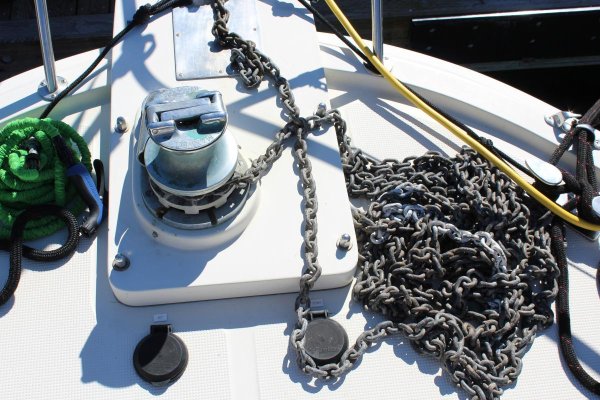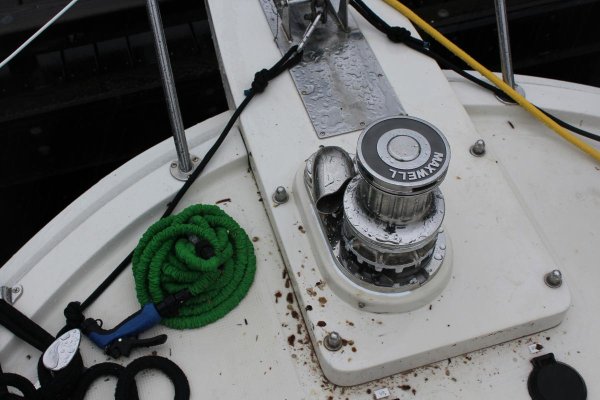Gordon J
Guru
- Joined
- Jul 23, 2015
- Messages
- 1,081
- Location
- USA
- Vessel Name
- Didi Mau
- Vessel Make
- Currently looking for next boat
I am looking for ideas about what might be going on with my Maxwell, 12 volt windlass. When letting the anchor out, the windlass starts running well and then starts to lag. If I give it 10 seconds rest, it will again go fast and then start to bog down. Same thing when pulling up the anchor. We don’t pull the boat with windlass. Sometimes, after a couple of fits and starts she will be fine.
The windlass electrical is supplied from the starboard engine and fed with 2/0 cables. This happens regardless of whether I use foot buttons! Switches at the helms, or the wireless remote.
Thanks in advance for thoughts on where I ought to look first,
Gordon
The windlass electrical is supplied from the starboard engine and fed with 2/0 cables. This happens regardless of whether I use foot buttons! Switches at the helms, or the wireless remote.
Thanks in advance for thoughts on where I ought to look first,
Gordon



